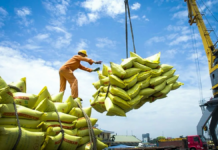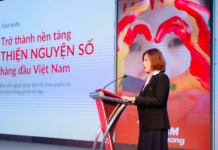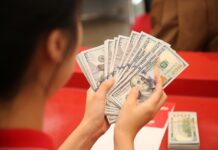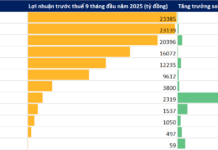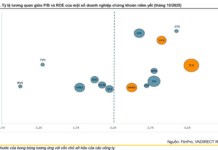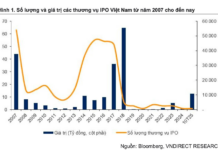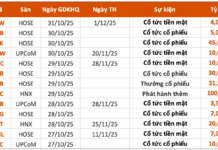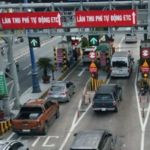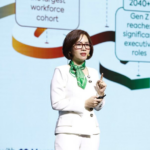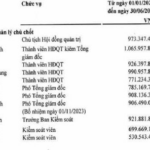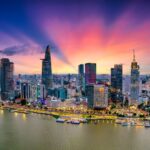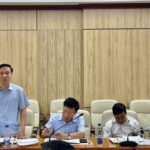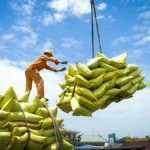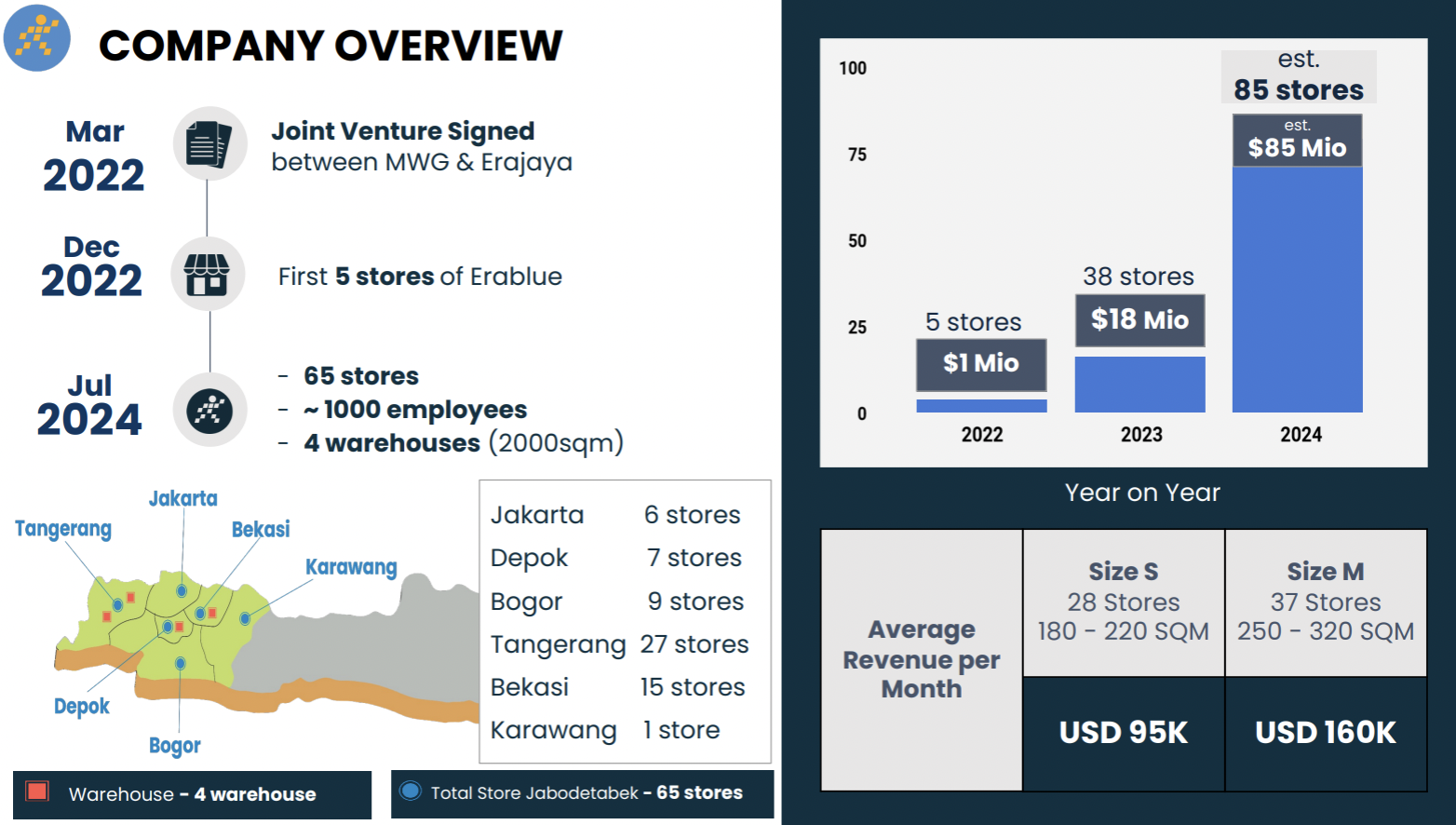According to figures from the Vietnam Textile and Apparel Association, the total export turnover of the textile and apparel industry in the first nine months of 2024 surpassed $32.5 billion, marking a 9.2% increase compared to the same period last year. The industry’s export target of $44 billion for 2024 is well within reach.
Vietnam’s key export markets, including the US, South Korea, Japan, and Canada, are showing signs of recovery and growth, while the European market is still lagging in terms of growth rate.
Mr. Pham Xuan Hong, Chairman of the Ho Chi Minh City Textile, Embroidery, and Knitting Association, shared that orders for the textile and apparel businesses are recovering quite well. In the second half of 2024, the industry is expected to grow by 15% compared to the first half.
While the recovery of orders is positive news, businesses are currently facing challenges in terms of labor shortages to meet the increasing demands.
Additionally, there are green certificates and requirements from the European, American, Japanese, and Korean markets. Even China has recently imposed a series of demands on textile and apparel products.
In the last five years, Vietnamese enterprises have been unable to increase prices due to various factors, including the green factor in production activities, which has hindered the increase in the cost of apparel products.
Finding ways to maintain efficiency and provide employment for workers is a challenging task for many Vietnamese textile and apparel businesses today.
So, what direction should they take? Major brands like Nike, Adidas, and H&M now require enterprises to use electricity instead of burning coal or wood for boiling pots, which increases production costs by 15% when using scrap fabric.
According to Mr. Vu Duc Giang, Chairman of the Vietnam Textile and Apparel Association, the industry has been ahead in terms of green certification over the past five years, or they wouldn’t have the orders they have today.
“The benefits from the textile and apparel industry are significant. However, enterprises must meet 86 evaluation criteria to obtain a single order, which is not a simple task,” shared Mr. Giang.
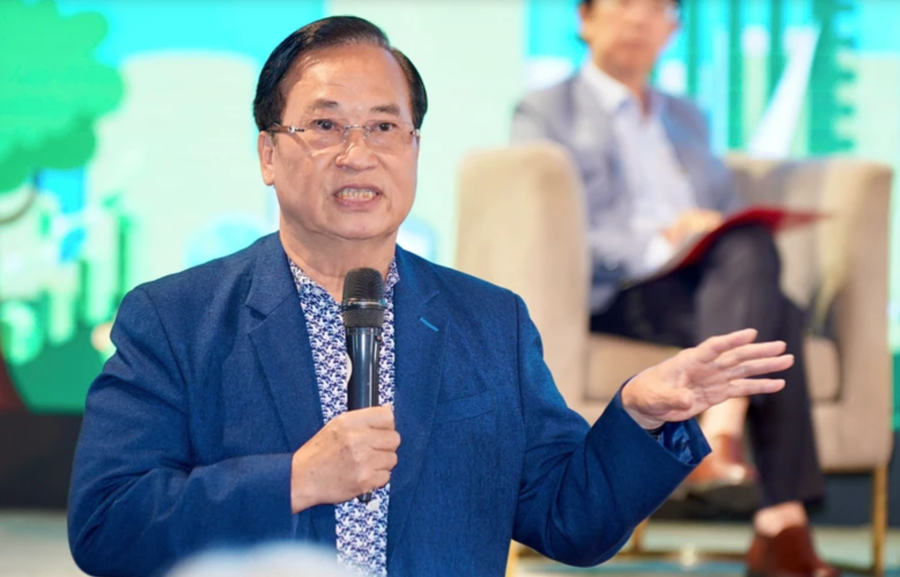
Mr. Giang emphasized that to meet the green targets, businesses must invest in root causes, adopt digital governance, and embrace robotization. In Ho Chi Minh City, the textile and apparel industry already has robotized factories, such as the international Phong Phu company’s factory in District 9, which has achieved green standards through robotization.
Ms. Bui Thi Thu Ha, Project Manager of the Vietnam Fair Finance Initiative (FFV), stated that proactive businesses wanting to go green, especially exporters, must ensure their products meet green criteria. Specifically, exporters of shoes, apparel, and other industries must use solar energy in their factories. They will be the pioneers in green transformation and the first green customers. Following them are exporters in the agricultural sector.
Starting in 2024, enterprise customers will not only assess financial and credit risks but also consider environmental and social risks.
This capital comes from venture capital, organizational donors, angel investors, and development finance institutions (DFIs). In reality, some textile and export enterprises in Vietnam are already applying technology to manage their resources more efficiently.
The Ruling Elite: Unveiling the Astronomical Salaries of Vietnam’s Maritime and Aviation Titans
A number of state-owned enterprises have recently gone public on the stock exchange, revealing the salaries and remunerations of their top executives. These include well-known companies such as VIMC, Vietnam Airlines, the Vietnam Rubber Group, and Vinafood II. As these companies open up to public scrutiny, it will be interesting to see how their executive compensation packages compare to those of their peers in the industry. With shareholders now having a say in these matters, we can expect greater transparency and accountability in the way these businesses are run.
Unveiling Inspection Conclusions for Three Ministries and a Province
The Government Inspectorate has publicly released 3 inspection conclusions regarding the responsibility of officials, civil servants, and public employees in handling administrative procedures and providing public services to citizens and enterprises in the Ministry of Natural Resources and Environment, the Ministry of Transport, and the People’s Committee of Dong Nai province.



